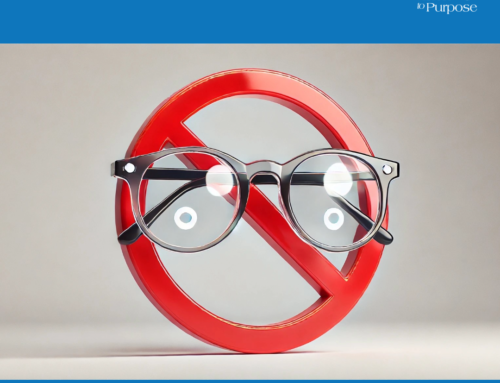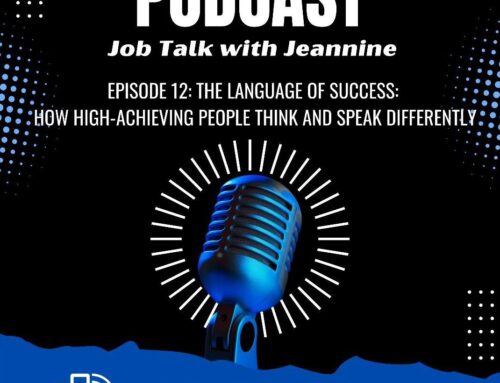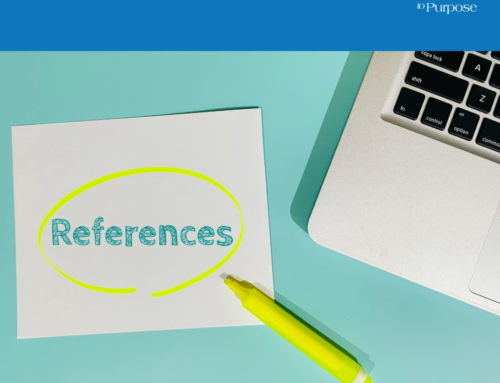
Okay, so it makes sense to embrace the advice of experts and use such a method. I am sure, just like me, you want to improve business operations. You are probably on board with encouraging innovation, and you want to use technology more efficiently. However, I caution you about jumping on the best practice bandwagon without really examining a particular practice. Why? Here’s one variation of the popular Internet promoted “Pot Roast Story” to explain:
A young woman is preparing a pot roast while her friend looks on. She cuts off both ends of the roast, prepares it and puts it in the pan. “Why do you cut off the ends?” her friend asks. “I don’t know”, she replies. “My mother always did it that way and I learned how to cook it from her”.
Her friend’s question made her curious about her pot roast preparation. During her next visit home, she asked her mother, “How do you cook a pot roast?” Her mother proceeded to explain and added, “You cut off both ends, prepare it and put it in the pot and then in the oven”. “Why do you cut off the ends?” the daughter asked. Baffled, the mother offered, “That’s how my mother did it and I learned it from her!”
Her daughter’s inquiry made the mother think more about the pot roast preparation. When she next visited her mother in the nursing home, she asked, “Mom, how do you cook a pot roast?” The mother slowly answered, thinking between sentences. “Well, you prepare it with spices, cut off both ends and put it in the pot”. The mother asked, “But why do you cut off the ends?” The grandmother’s eyes sparkled as she remembered. “Well, the roasts were always bigger than the pot that we had back then. I had to cut off the ends to fit it into the pot that I owned”.
The point: how do you know the best practices floating around your organization are still best practices? You don’t. The reality is that some best practices are no longer best practices. Therefore, I highly recommend you investigate a particular best practice before you use it for an endeavor. A start would be to ask some good questions before you proceed. Some questions that come time mind include:
1. When was the best practice used last?
2. How was it used?
3. Has it been reassessed recently?
Ask all of the questions necessary to make you feel 100% comfortable with the practice. Most importantly, if hear anyone say, “well, that is the way we have always done it” when referring to a best practice, RUN!!!
Wishing you and your organization great success in any endeavors you take on this year!
~Jeannine[/vc_column_text][/vc_column][/vc_row]








